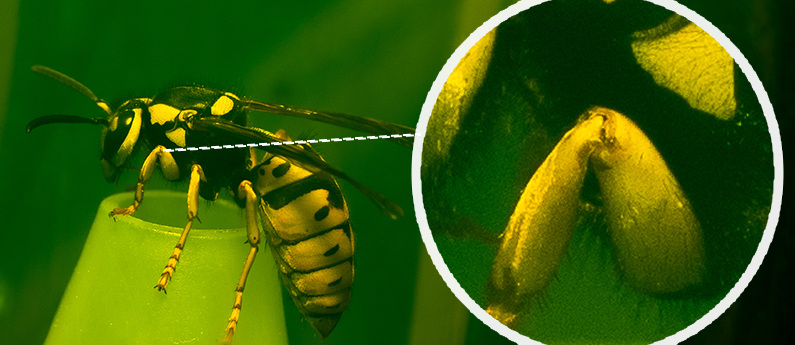Do Bees Really Have Knees?
We Investigate.
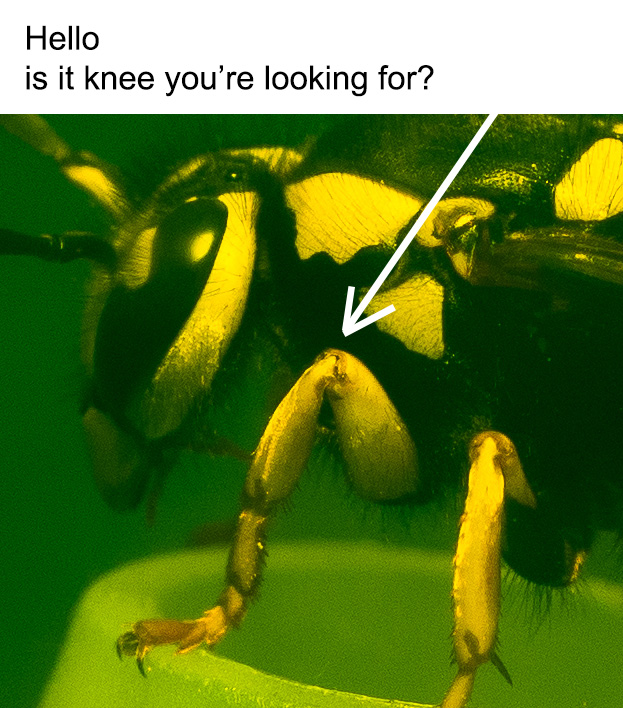 Bees—do they have knees? What started as a light-hearted Google search quickly morphed into a serious exploration of a deeply philosophical question that may, in fact, be unanswerable. It should be noted from the outset that the author is neither an entomologist nor a person with any specialized knowledge of human anatomy—take what follows with a grain of salt.
Bees—do they have knees? What started as a light-hearted Google search quickly morphed into a serious exploration of a deeply philosophical question that may, in fact, be unanswerable. It should be noted from the outset that the author is neither an entomologist nor a person with any specialized knowledge of human anatomy—take what follows with a grain of salt.
Before going any further, a few terms must be defined.
Defining Our Terms
For the purposes of this discussion, “bee” shall be used as an umbrella term to refer to the countless variety of yellow-and-black-striped insects belonging to the order Hymenoptera. “Knee” shall refer to the joint between the thigh and lower leg that enables articulation between the femur and the tibia.
Insect Legs: A Primer
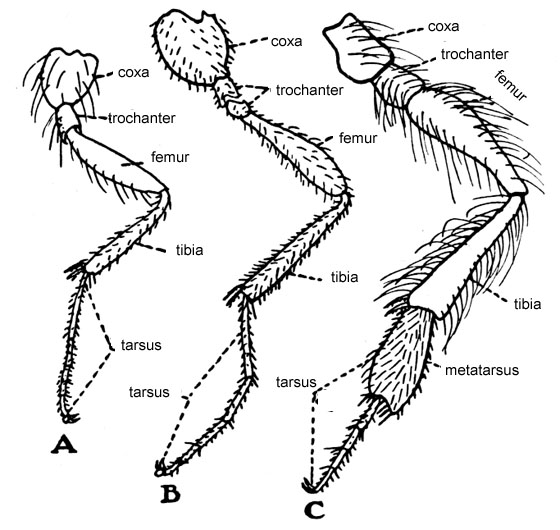 Like all insects, bees, wasps, and yellowjackets have three pairs of legs. Each leg is comprised of five main parts connected by hinge joints: the coxa, trochanter, femur, tibia, and tarsus. Fans of seafood may find the adjacent diagram familiar and strangely appetizing, due to the fact that crabs share many anatomical features with their distant insect cousins.
Like all insects, bees, wasps, and yellowjackets have three pairs of legs. Each leg is comprised of five main parts connected by hinge joints: the coxa, trochanter, femur, tibia, and tarsus. Fans of seafood may find the adjacent diagram familiar and strangely appetizing, due to the fact that crabs share many anatomical features with their distant insect cousins.
Proponents of the Bees-Have-Knees Camp will point to the presence of a femur, tibia, and an articulating joint between the two as a strong piece of evidence in support of their conviction. But is it a knee?
No Cap, No Knee?

A key feature missing from the intersection of a bee’s femur and tibia is the patella—known by many as the knee cap. The patella serves as a point of attachment for some of the ligaments and tendons that transfer muscular contraction into movement and make knees fragile and prone to injury.
The patella is present in all placental mammals (and apparently some frogs) but conspicuously absent in marsupials, most reptiles, and many birds (a notable exception being the ostrich—look at those gams!). This begs the question: is a knee without a cap truly a knee?
An Unsatisfying Conclusion
Answering this question in any satisfactory way seems to hinge (pun intended) upon how you choose to define the knee. Is it just a convenient label to describe the many components of a complicated joint? Or should we prioritize a joint’s function over the sum of its parts? When Mr. C the Slide Man calls for “hands on your knees, hands on your knees” during the Cha Cha Slide, who is allowed to participate?
For the patellar supremacists among us, calling the primitive hinge between a bee’s femur and tibia a knee makes a mockery of one of the human body’s most complex and delicate structures. For those of us with a more flexible semantic framework, a little articulation between a femur and a tibia might be all you knee-d.
Note: We know. The insect pictured in the header of this blog is a yellowjacket, not a bee. Don't @ me.


 Ant Baits
Ant Baits Fly Trap Max
Fly Trap Max Fly Trap, Big Bag
Fly Trap, Big Bag  Fly Trap, Disposable
Fly Trap, Disposable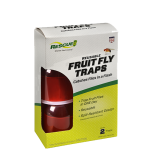 Fly Trap, Fruit Fly
Fly Trap, Fruit Fly Fly Trap, POP! Fly
Fly Trap, POP! Fly  Fly Trap, Reusable
Fly Trap, Reusable FlyPad
FlyPad Japanese & Oriental Beetle Trap
Japanese & Oriental Beetle Trap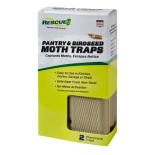 Pantry & Birdseed Moth Trap
Pantry & Birdseed Moth Trap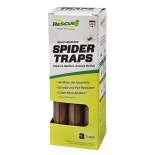 Spider Trap
Spider Trap TrapStik, Carpenter Bee
TrapStik, Carpenter Bee TrapStik, Deck & Patio Fly
TrapStik, Deck & Patio Fly 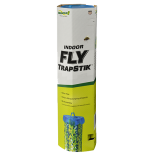 TrapStik, Indoor Fly
TrapStik, Indoor Fly TrapStik, Wasp
TrapStik, Wasp W·H·Y Trap for Wasps, Hornets & Yellowjackets
W·H·Y Trap for Wasps, Hornets & Yellowjackets Yellowjacket Trap, Disposable
Yellowjacket Trap, Disposable  Yellowjacket Trap, Reusable
Yellowjacket Trap, Reusable 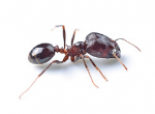 Ants
Ants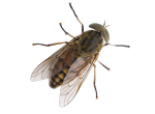 Biting Flies
Biting Flies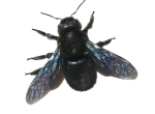 Carpenter Bees
Carpenter Bees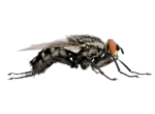 Flies
Flies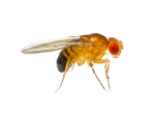 Fruit Flies
Fruit Flies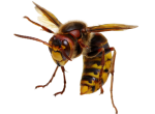 Hornets
Hornets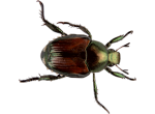 Japanese Beetles
Japanese Beetles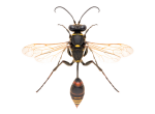 Mud Daubers
Mud Daubers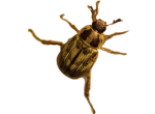 Oriental Beetles
Oriental Beetles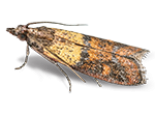 Pantry & Birdseed Moths
Pantry & Birdseed Moths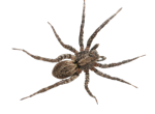 Spiders
Spiders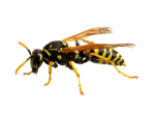 Wasps
Wasps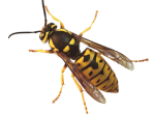 Yellowjackets
Yellowjackets